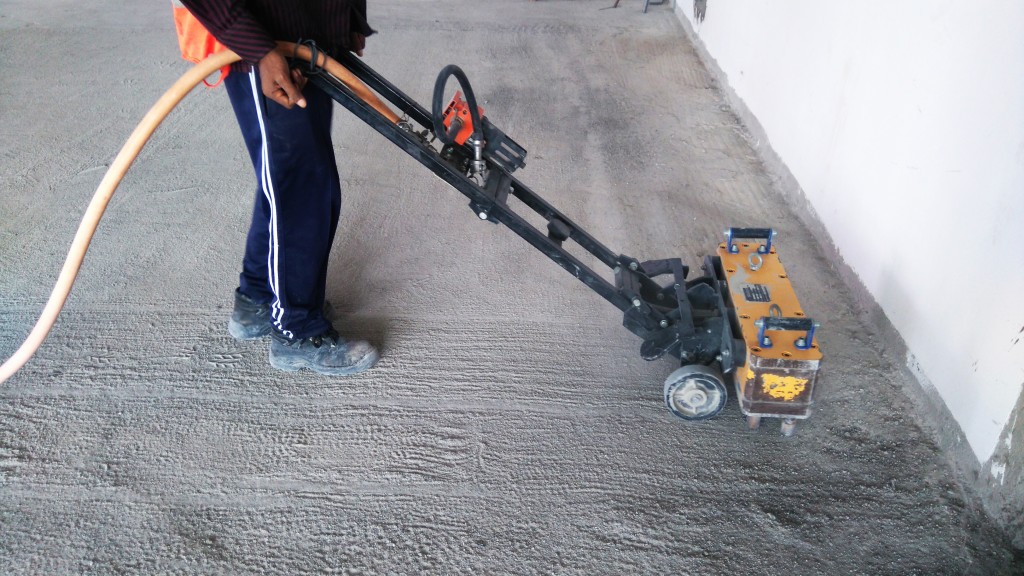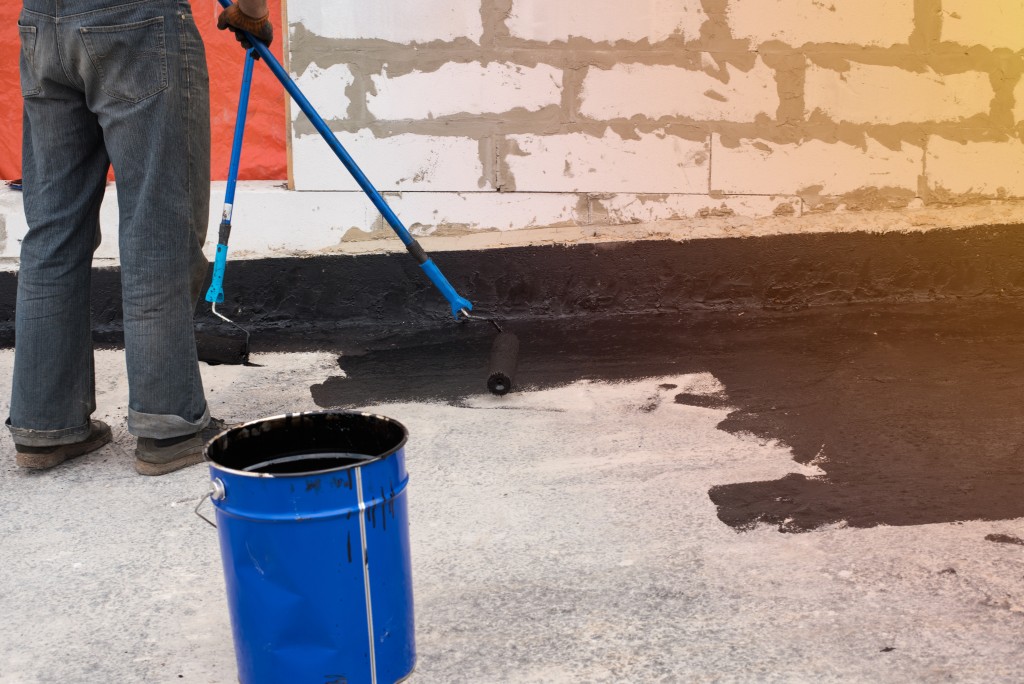Concrete Staining: Choosing a Color, Process, and Style

Concrete isn’t always meant to be hidden beneath tiles and other overlays. You may think that a house will look unfinished with concrete floors and kitchen countertops, but if you use your creativity, it can look even better than other surface materials. Concrete acid staining is the solution to make concrete finishes stylish and appealing. You can do it yourself or have a professional do it for you. You’d need a number of materials, but the process is surprisingly simple. You can get your high-quality concrete acid stains in Utah and other states.
Here’s a guide to help you with concrete acid staining:
Choosing Colors
Acid stains make the concrete mimic the appearance of a natural stone finish, and for that reason, the color options are usually limited. You’d mostly find brown, green, blue-green, and black all in various shades. You can mix different colors to produce a unique shade or add several layers of the same color to deepen it. Remember to test out the colors in the shop before buying them.
When going over your color options, think carefully because acid stains would stay on permanently. Therefore, don’t use the current trend as the sole basis for choosing. Although you can hide the concrete staining by installing tiles, you wouldn’t want your hard work to go to waste because it went out of style. Consider your home’s decor; make sure the color that you choose works well with the color scheme of the area where you’d perform acid staining.
Lastly, it’s important to note that acid stains aren’t similar to paints. The color that you choose would appear somewhat differently when you apply it to the concrete. Upon initial application, the color isn’t the final outcome yet. If you apply a protective sealer, the color may deepen. In addition, the color would appear more intense on new concrete than aged ones.

The Process of Acid Staining
If you’re doing the staining yourself, be sure to gear up with a pair of gloves and a dust mask. You may need a respirator as well if the ventilation is poor. To prepare the concrete for staining, you may use substances to remove any existing adhesive, paint, varnish, sealer, and the like. Clean up the concrete thoroughly afterwards, and then you may apply the acid stain. If the results are too light for your liking, add a second coating.
When the stain has reacted after some time, neutralize the surface using a baking soda and water solution. Spread the solution all over and scrub gently. To remove excess water, use a wet/dry vacuum cleaner. Rinse and repeat as needed.
Apply a sealer to the surface, and after it dries (normally after 24 hours), apply floor wax. Depending on the area’s traffic, you may need to wax the floor every 3-8 months.
Style Ideas
Concrete is a versatile construction and finishing material. It can fit modern, vintage, and traditional-style homes. The natural stone aesthetic is also elegant and expensive-looking. What’s more, the range of options for concrete design is almost limitless. Staining can be done on floors, kitchen countertops, and walls.
In a modern style interior, concrete staining will help achieve a utilitarian and industrial or sleek and bold look. Shades of gray would give off the industrial vibe; large geometric patterns and shapes would add sleekness.
In a vintage or old-world themed home, acid stained concrete can achieve a timeworn elegance appeal. And in traditional-style homes, acid stained concrete in neutral tones would complement the aesthetics well. Concrete floors, along with fireplaces or countertops, are also made as focal points in homes with a traditional style.
Taking everything into consideration, we could all say that concrete has so much potential in adding value to a home. If you’ve been having the dilemma of not being able to choose the right tile design, perhaps concrete staining will work for you. This creative innovation is definitely worth giving a try.




